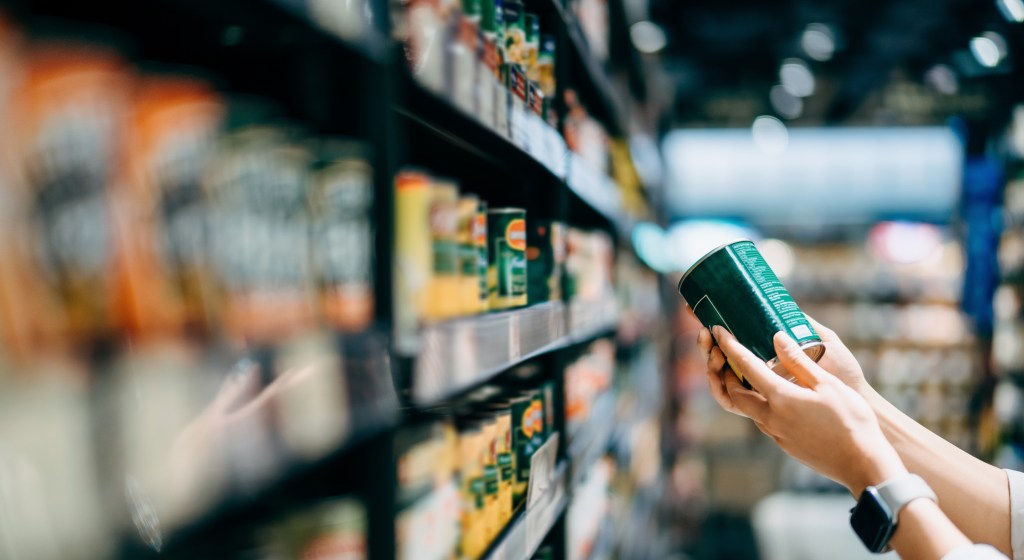“Health check” your assortment depth and mix
Consumers are using stores differently compared to how they once shopped, and their expectations are higher than ever. Thanks to the huge breadth of product available online, they’re rarely satisfied with just one option. And if finding items they want is the least bit frustrating, it can negatively affect their relationship with the retailer.
Today, finding that elusive mix of the “right” product on shelf has become a blend of science and art. A science in terms of product velocity, contribution to gross margin and market share, and an art in terms of how many facings need to be in a shelf set, along with an assessment of the correct shelf set size for that category.
Add manufacturers’ needs and demands into the equation and you can end up with an over-SKUed store with too many products that don’t sell or aren’t targeted to your primary customer’s needs.
It’s essential that retailers look at the bigger picture—the entire store. And analyze if you really need that amount of space for a specific category.
Make brick-and-mortar stores matter in a digital world
There was a time when you could talk directly to in-store shoppers using promotions, displays and endcaps, but the combination of the pandemic and supply constraints have caused these marketing tactics to be used less frequently—as manufacturers focus on simply keeping products in stock.
Now, the emphasis is on how easy it is for a consumer to find what they need, or as close to what they need. They might want a product from a certain brand in a family-sized pack, but only find it in a smaller size, so they will compromise and still buy it. But if, for example, they visit the medication aisle and there is only one facing for every item in that category, the customer is likely to feel confused or overwhelmed when trying to find what they need. Wayfinding signage often doesn’t work, so how do you help them find exactly what they need, quickly and easily?
Be one step ahead; anticipate their need and make sure you stock that item.
E-commerce shoppers are used to clicking away until they find what they want online, but there is still an element of mistrust when buying online, especially among certain demographics and for certain products: e.g., medications. And this can be exploited by brick-and-mortar stores. For example, Excedrin Migraine has a loyal consumer base and if they can’t find this product on the shelf, then they will resort to Amazon or eBay, but they don’t have the same guarantee of quality assurance.
Bring e-commerce tech tricks into your store
Consumer expectations are changing and brick-and-mortar stores need to start behaving more like online experiences. Walmart and Home Depot are two examples of retailers that do this right. Just watch how many Walmart shoppers are on their phones as they wander around the store. Walmart knows that shoppers who’ve downloaded their app spend more money in-store and make twice as many trips versus shoppers without the app. That’s twice as many opportunities for brands to interact with shoppers. Technology is here to stay, and shoppers are leveraging it in every way they can.
Meanwhile, Home Depot offers shoppers an app that geolocates their phone with precision, so they can search for the exact location of items on their pre-saved lists. The app also allows shoppers to see how décor looks in their home using augmented reality, and to image-search items if they don’t know the product name.
Most importantly, it is about being wherever the shopper is at the time they’re thinking about making a purchase. And usually this is when they’re not in the store, but at the time the need arises.
What should you do next?
- Be proactive about optimizing your assortment.
- Don’t wait for your retail partners to tell you what they’re going to do to your brand. Go to them with a plan and a forecast.
- Consider using a tool like NielsenIQ’s Shelf Architect, which will help you quickly evaluate your assortments, highlight at-risk SKUs, determine distribution voids across planograms and help you understand your competitors’ positions, so you can create a proactive category plan.
- Our tool can suggest scenarios or allow you to create your own to test. It will give you the power to face your customers with data-based recommendations from models fed by thousands of datapoints.





